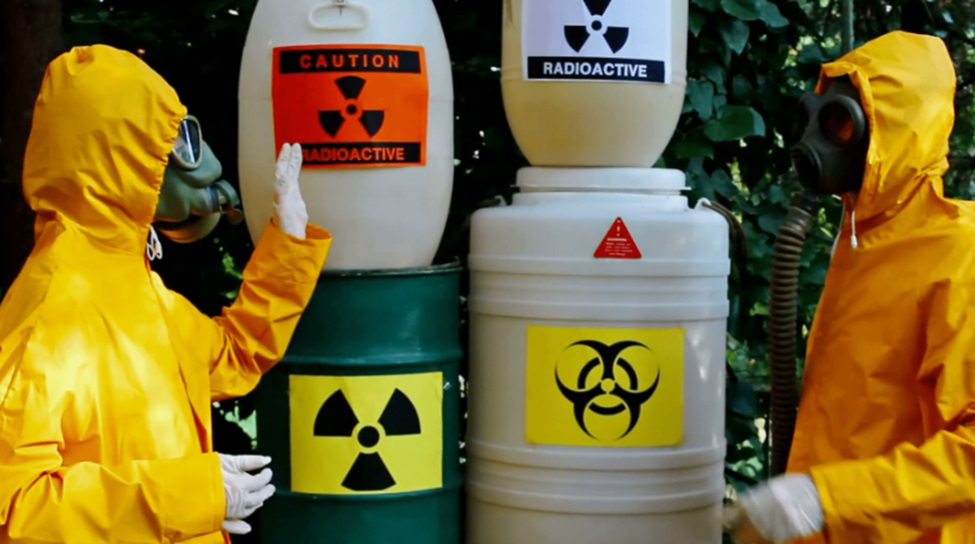
Safeguarding Our Future: The Importance of Responsible Hazardous Materials Management
Introduction
Hazardous materials are an integral part of various industries, playing a crucial role in manufacturing, construction, healthcare, and more. While these substances contribute to advancements in technology and development, their improper management poses significant risks to the environment, human health, and safety. In this article, we will explore the importance of responsible hazardous materials management and its role in safeguarding our future.
Understanding Materials Management
Defining Hazardous Materials
Hazardous materials, often referred to as hazardous substances or dangerous goods, encompass a broad range of chemicals, substances, and materials that have the potential to cause harm to human health, the environment, or property. These may include toxic chemicals, flammable materials, corrosive substances, and more.
The Complexity of Materials Management
Effective materials management involves a comprehensive approach to identifying, handling, transporting, storing, and disposing of these materials safely. The complexity arises from the diverse nature of hazardous substances, each requiring specific protocols to mitigate risks and ensure compliance with regulations.
The Environmental Impact
Soil Contamination
Improper management of hazardous materials can lead to soil contamination, impacting ecosystems and agricultural lands. Chemical spills, leaks, or improper disposal can result in long-lasting damage, affecting the fertility and health of the soil.
Water Pollution
Hazardous materials can find their way into water sources, leading to pollution and endangering aquatic life. Contaminated water poses a threat not only to the ecosystem but also to communities that rely on these water sources for drinking and irrigation.
Air Quality
Certain hazardous materials, when released into the air, contribute to air pollution. This can have detrimental effects on respiratory health, especially for those living in proximity to industrial facilities or areas with poor air quality management.
Human Health and Safety
Occupational Hazards
Workers in industries dealing with hazardous materials face occupational hazards if proper management measures are not in place. Exposure to toxic substances, inadequate safety protocols, and insufficient protective gear can lead to severe health issues.
Emergency Response
Accidents involving hazardous materials require swift and well-coordinated emergency response efforts. Without effective management plans in place, responding to spills, leaks, or other incidents becomes challenging, heightening the risk of injuries and environmental damage.
The Importance of Responsible Hazardous Materials Management
Environmental Stewardship
Responsible materials management is synonymous with environmental stewardship. Industries must adopt practices that minimize the impact of their operations on the environment. This includes implementing measures to prevent spills, leaks, and emissions, as well as proper disposal methods that reduce harm to ecosystems.
Regulatory Compliance
Governments and regulatory bodies have established stringent guidelines to ensure the safe handling of hazardous materials. Compliance with these regulations is not only a legal requirement but also a moral obligation to protect public health, safety, and the environment. Responsible management practices help industries meet and exceed these regulatory standards.
Public Health
Communities situated near industrial facilities or areas prone to hazardous materials use rely on responsible management to safeguard their health. Effective management practices reduce the risk of exposure to harmful substances, promoting the well-being of residents and preserving the quality of life in these areas.
Long-Term Sustainability
Responsible materials management contributes to the long-term sustainability of industries and the global ecosystem. By adopting sustainable practices, businesses can reduce their environmental footprint, enhance resource efficiency, and contribute to a more resilient and sustainable future.
Public Awareness and Community Engagement
Responsible hazardous materials management extends beyond the confines of industrial facilities. Engaging with the local community and fostering public awareness are integral components. Transparent communication about the types of materials used, safety measures in place, and emergency response plans help build trust and ensure that communities are prepared and informed.
Building Community Trust
Communities often express concerns about living in proximity to industries that handle hazardous materials. Building trust through open communication, community outreach programs, and proactive measures to address concerns fosters a collaborative relationship between industries and the communities they operate.
Technological Advancements in Hazardous Materials Management
The landscape of materials management is evolving, thanks to technological advancements. Innovations in sensor technologies, data analytics, and artificial intelligence contribute to more precise monitoring, early detection of anomalies, and improved overall management efficiency.
Real-time Monitoring for Proactive Management
Real-time monitoring of hazardous materials allows for proactive management. Early detection of deviations from established safety parameters enables swift intervention, preventing potential accidents or leaks before they escalate.
Conclusion
Safeguarding our future requires a collective commitment to responsible hazardous materials management. Industries, regulatory bodies, and communities must work together to address the challenges associated with the handling of hazardous substances. By prioritizing environmental stewardship, regulatory compliance, public health, and long-term sustainability, we can build a future where the benefits of technological and industrial advancements coexist harmoniously with the well-being of our planet and its inhabitants. It is through responsible management practices that we can pave the way for a safer, healthier, and more sustainable future.

